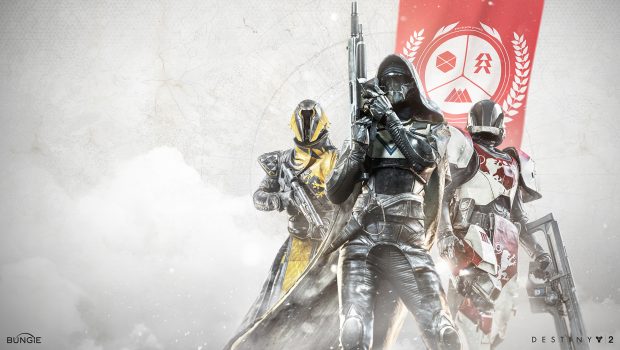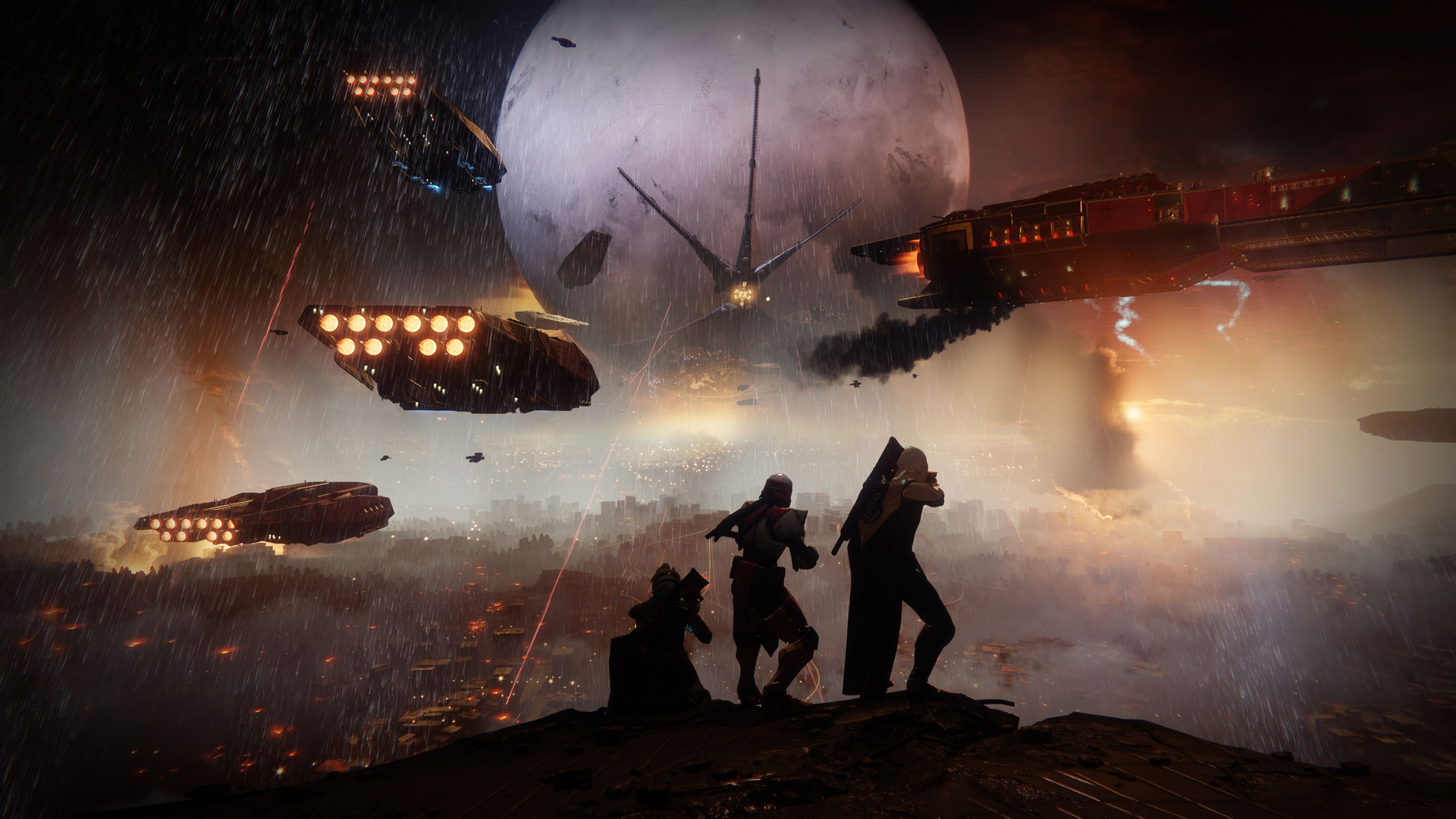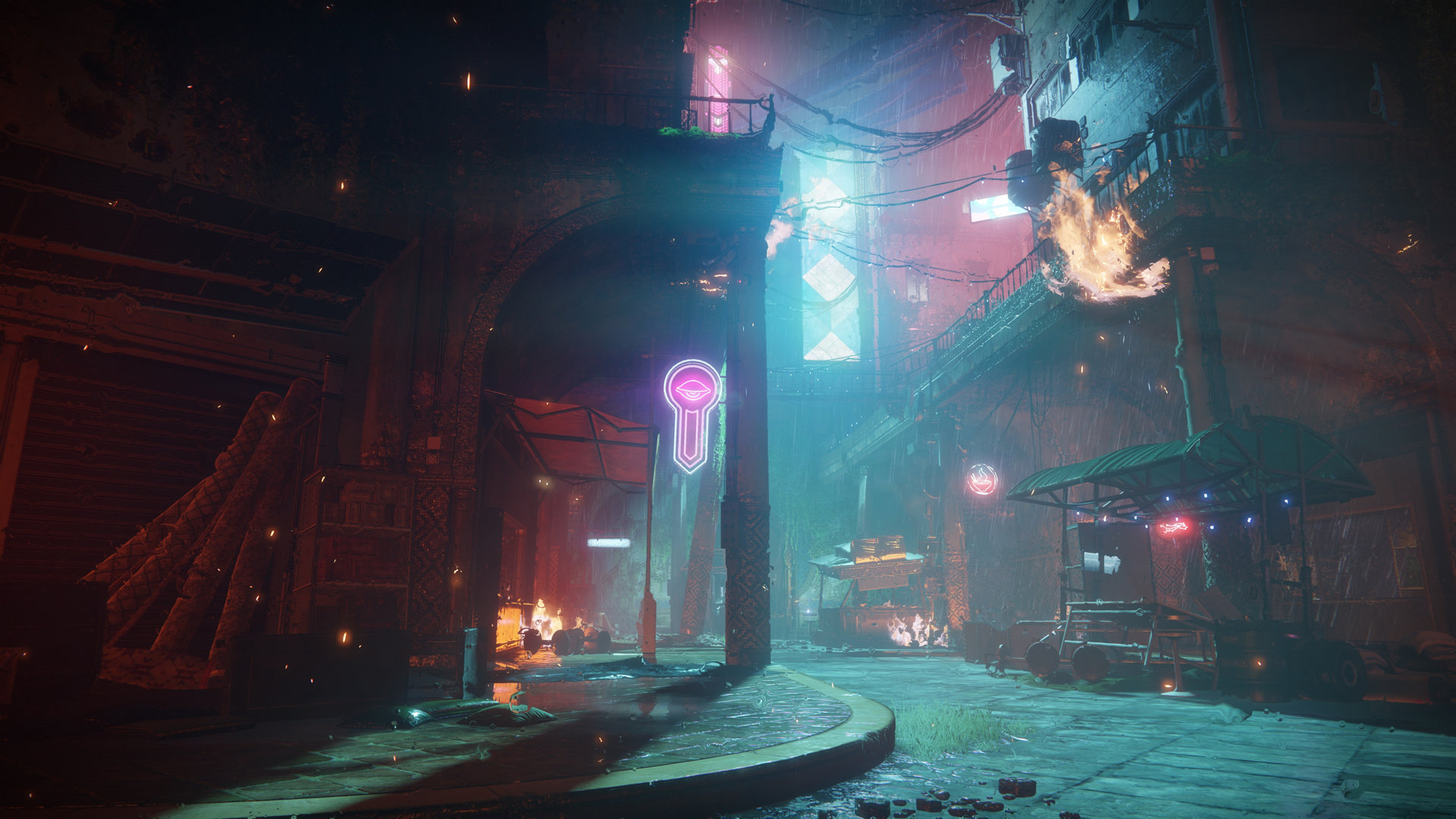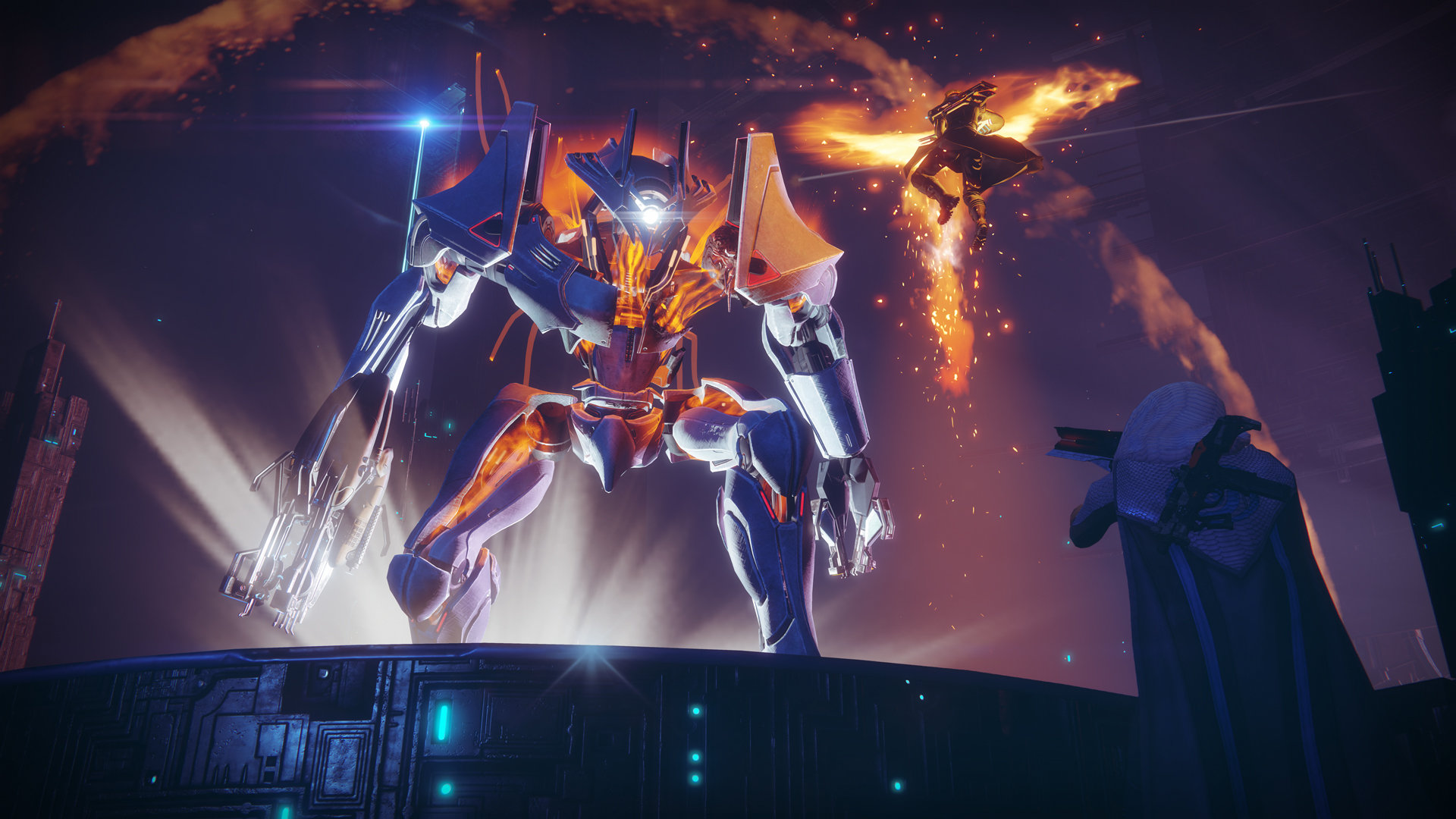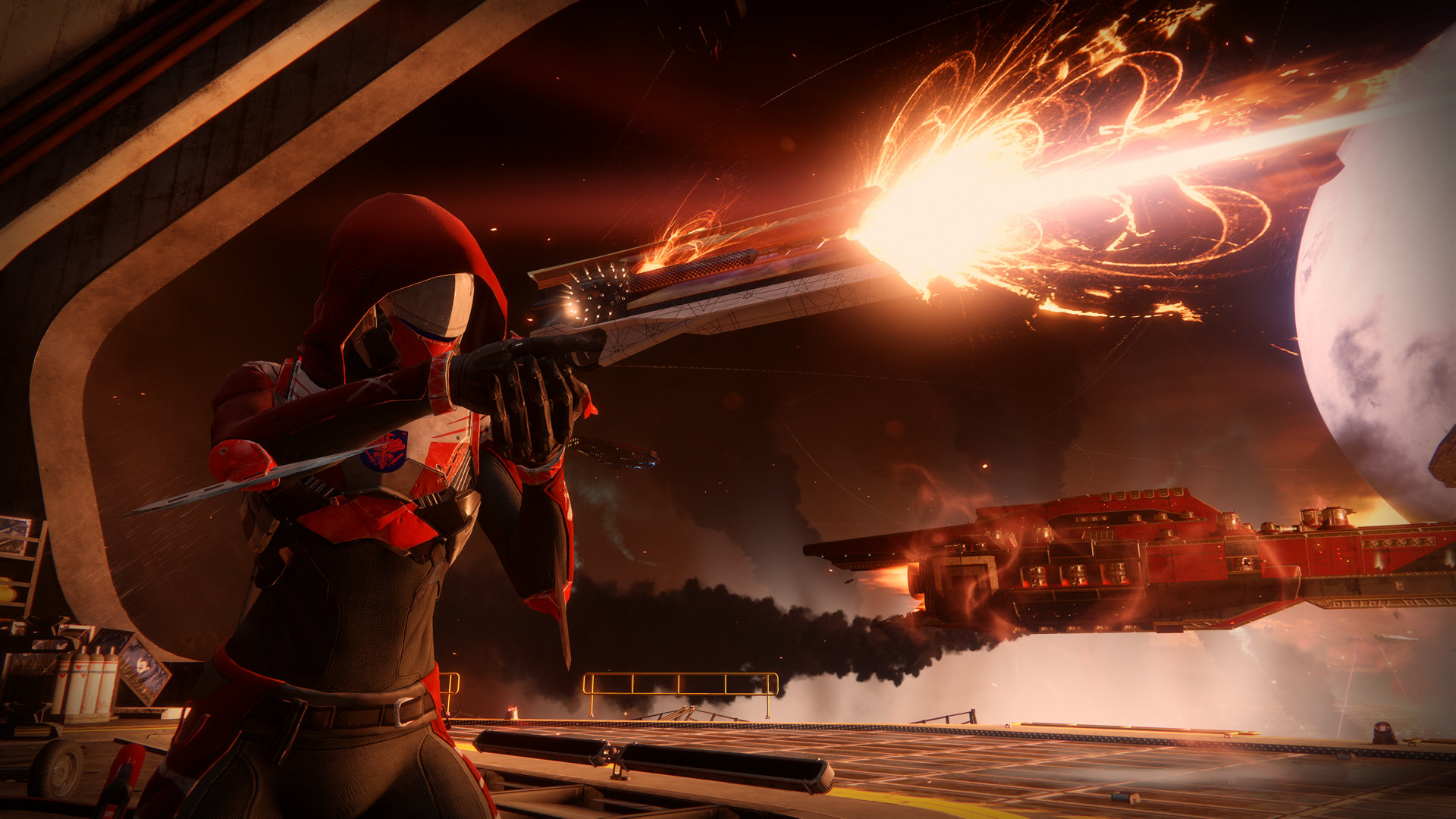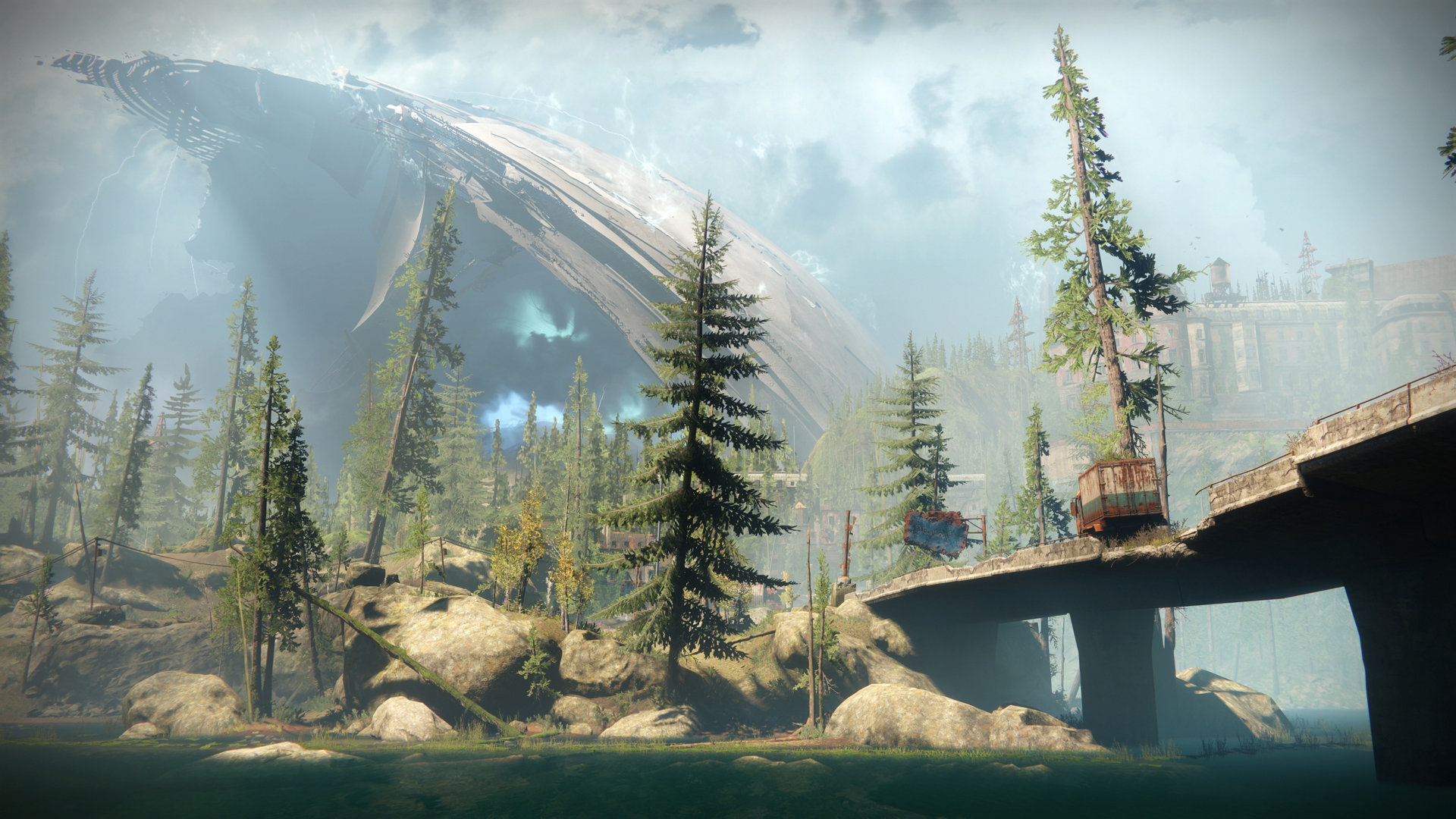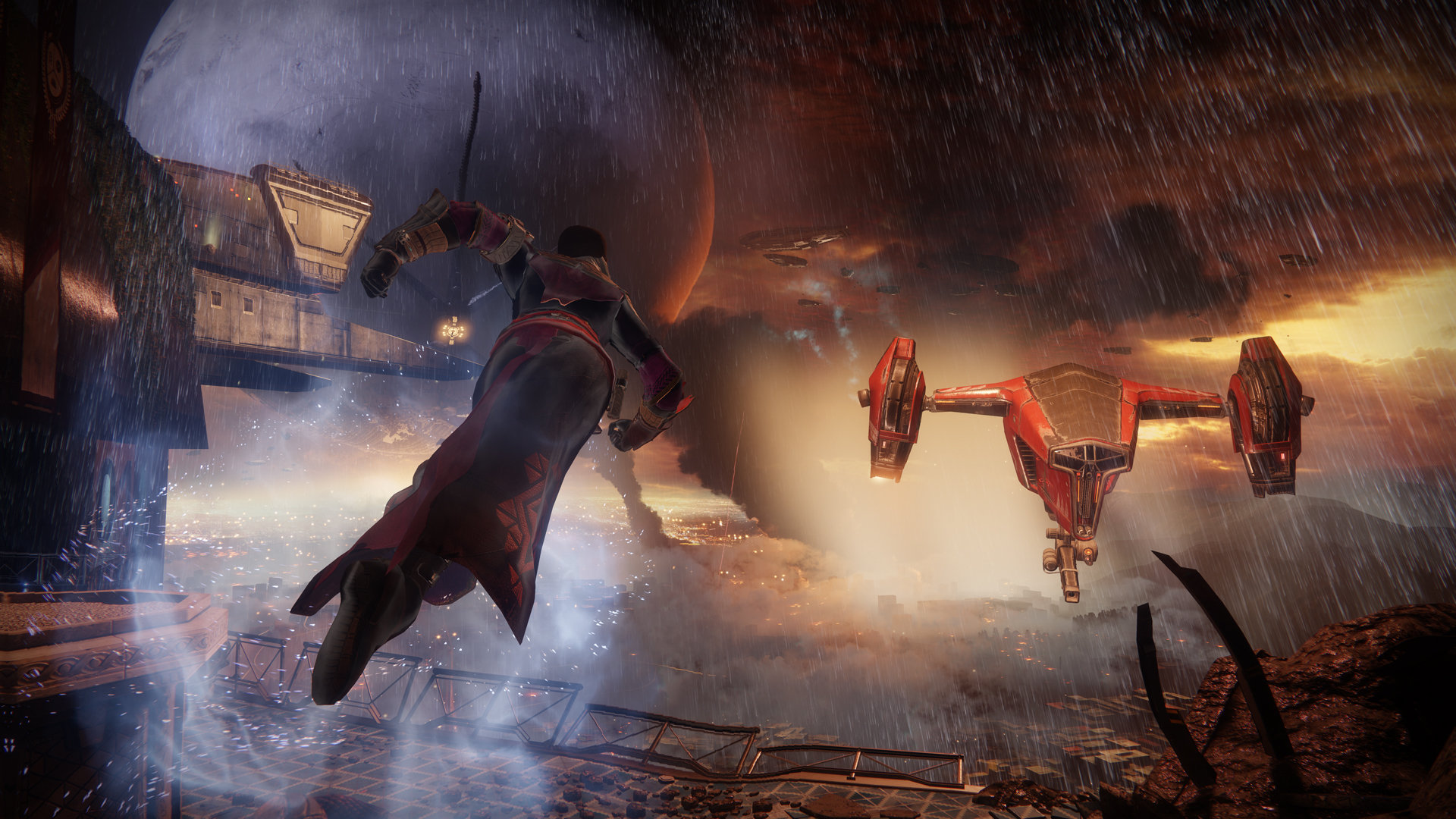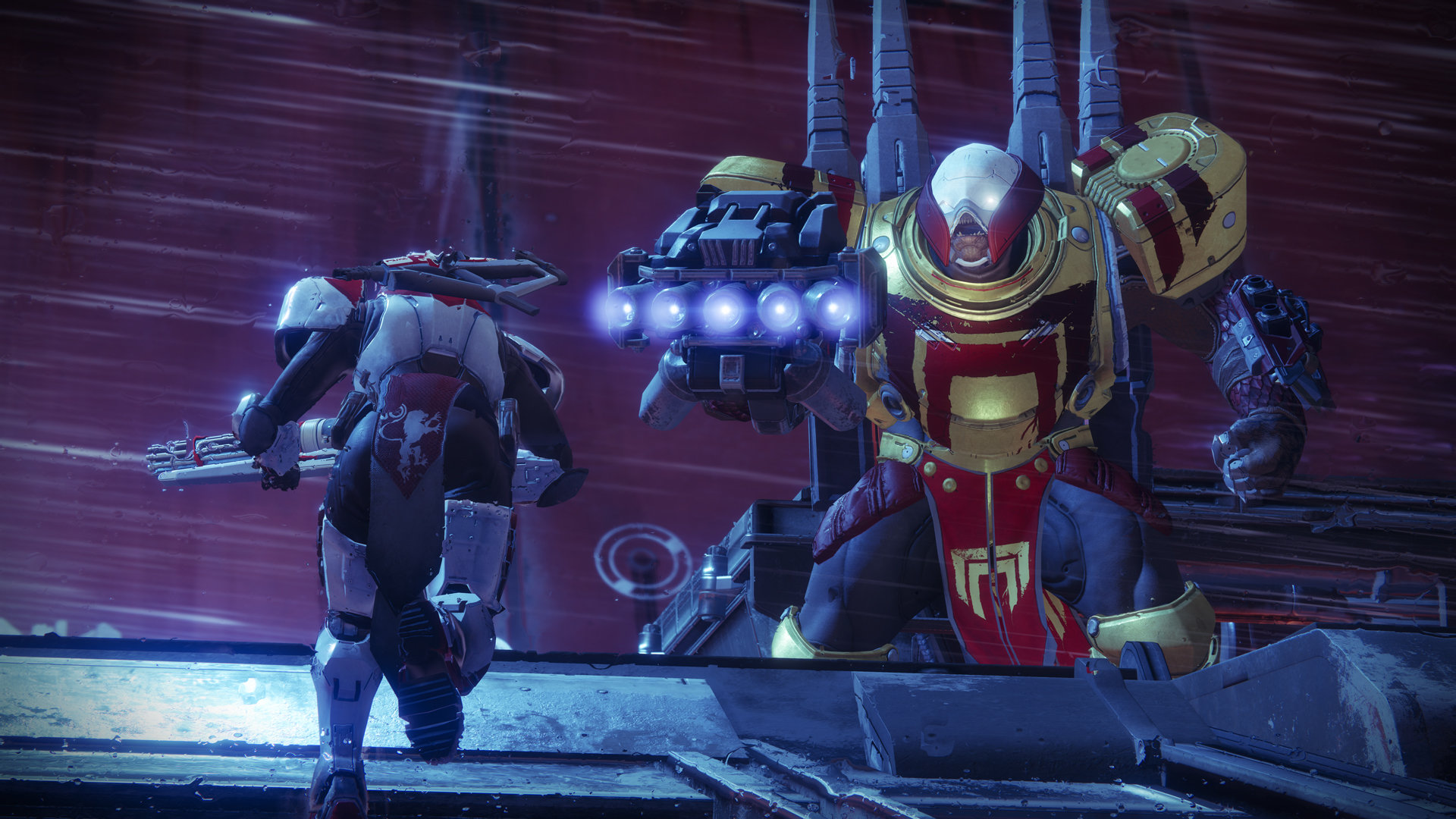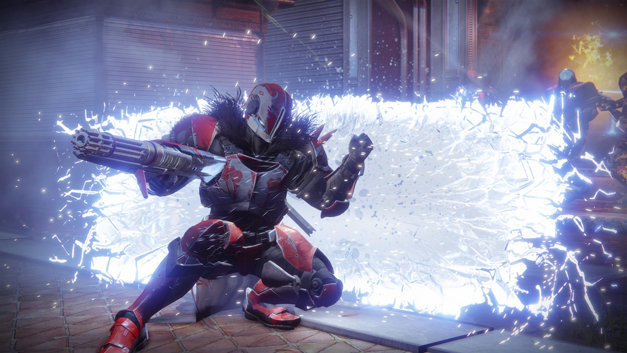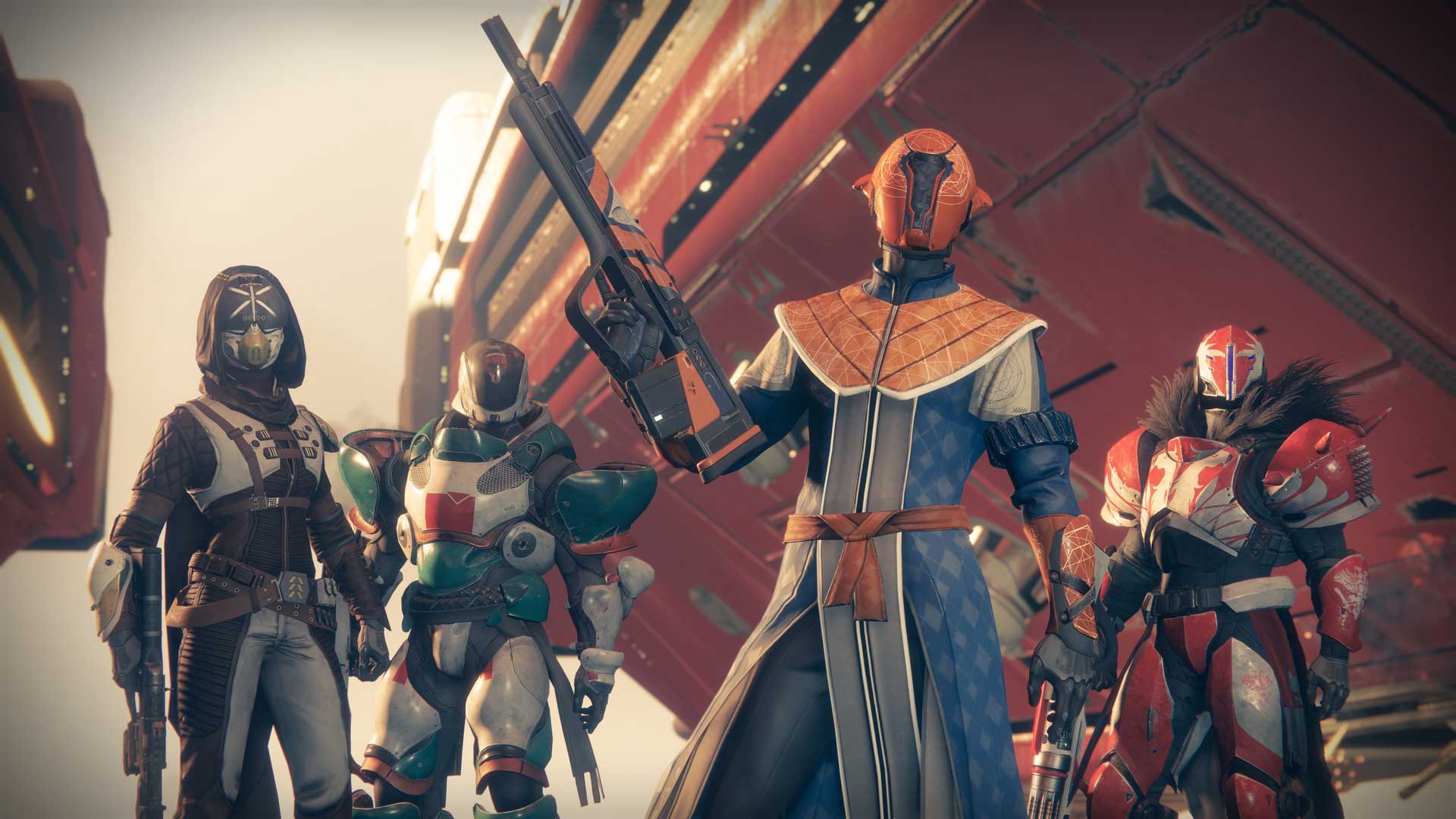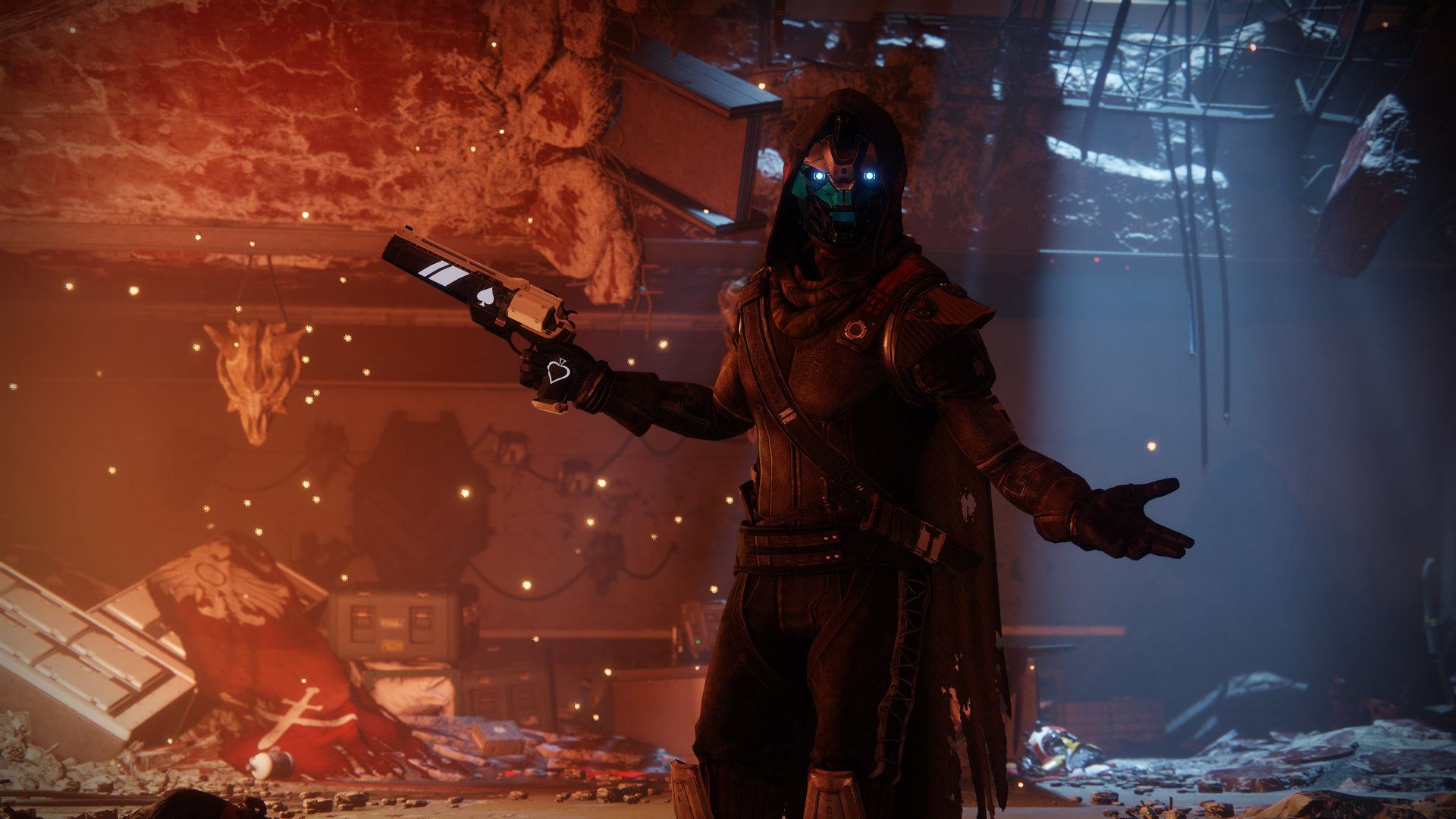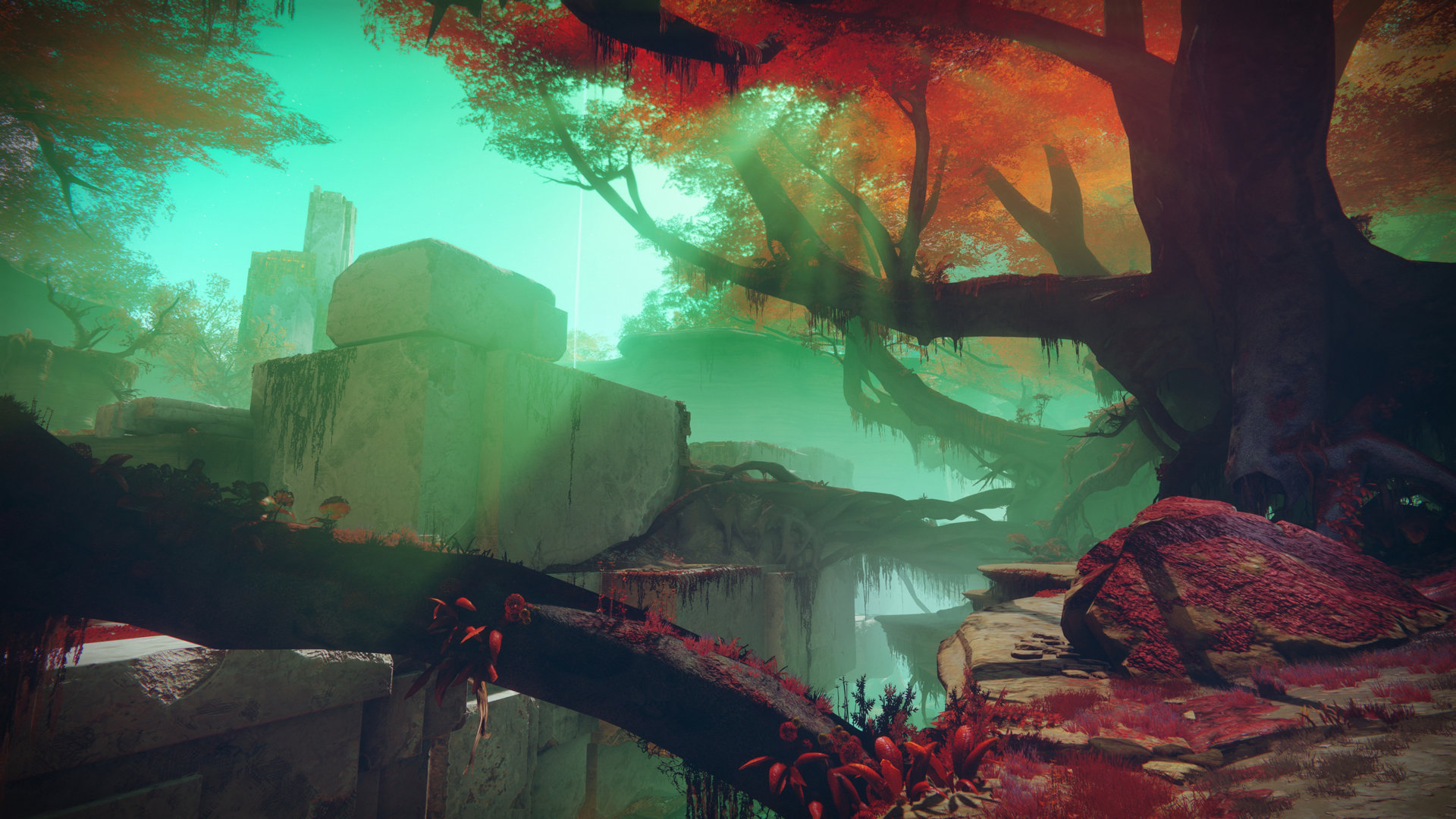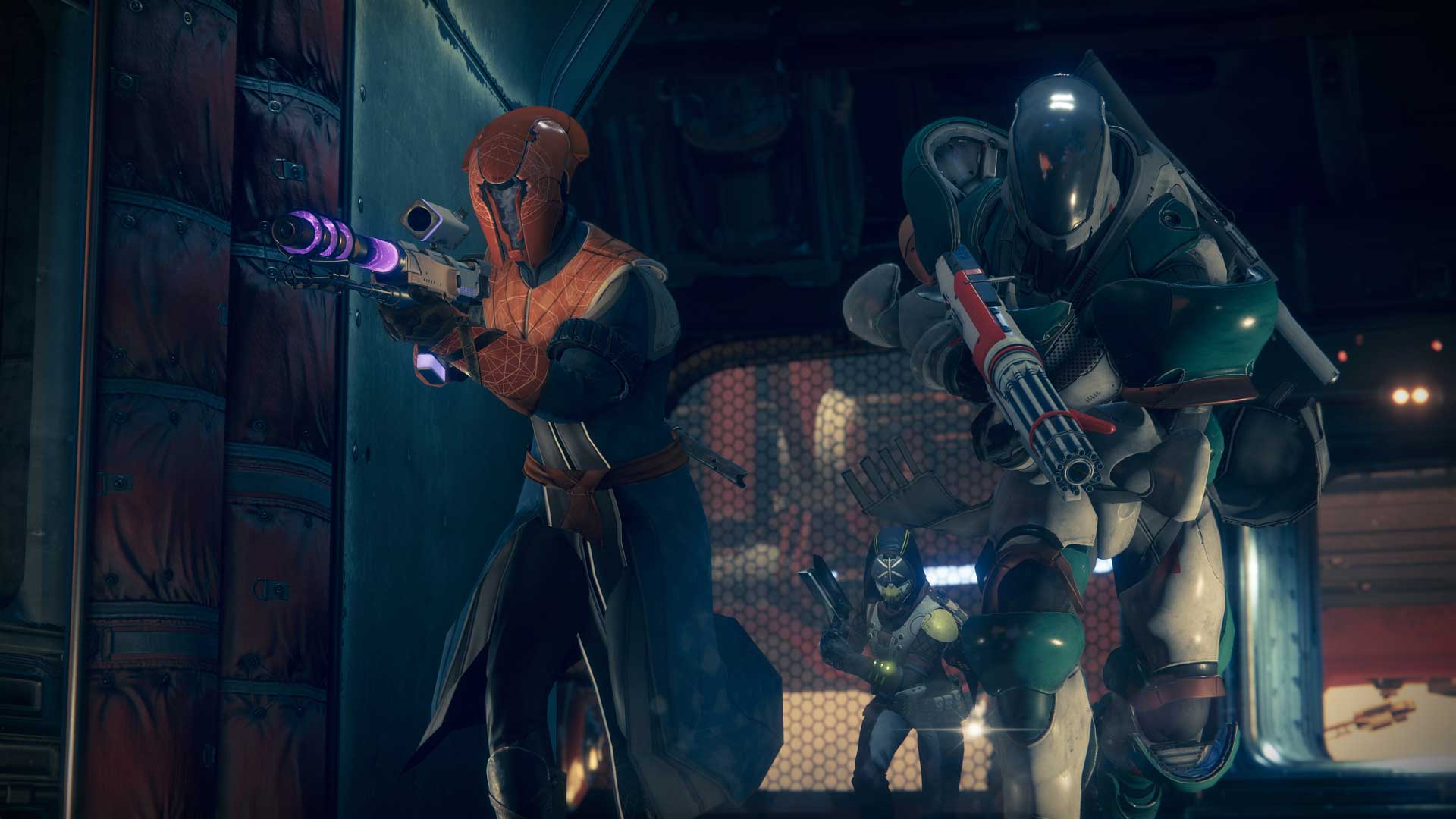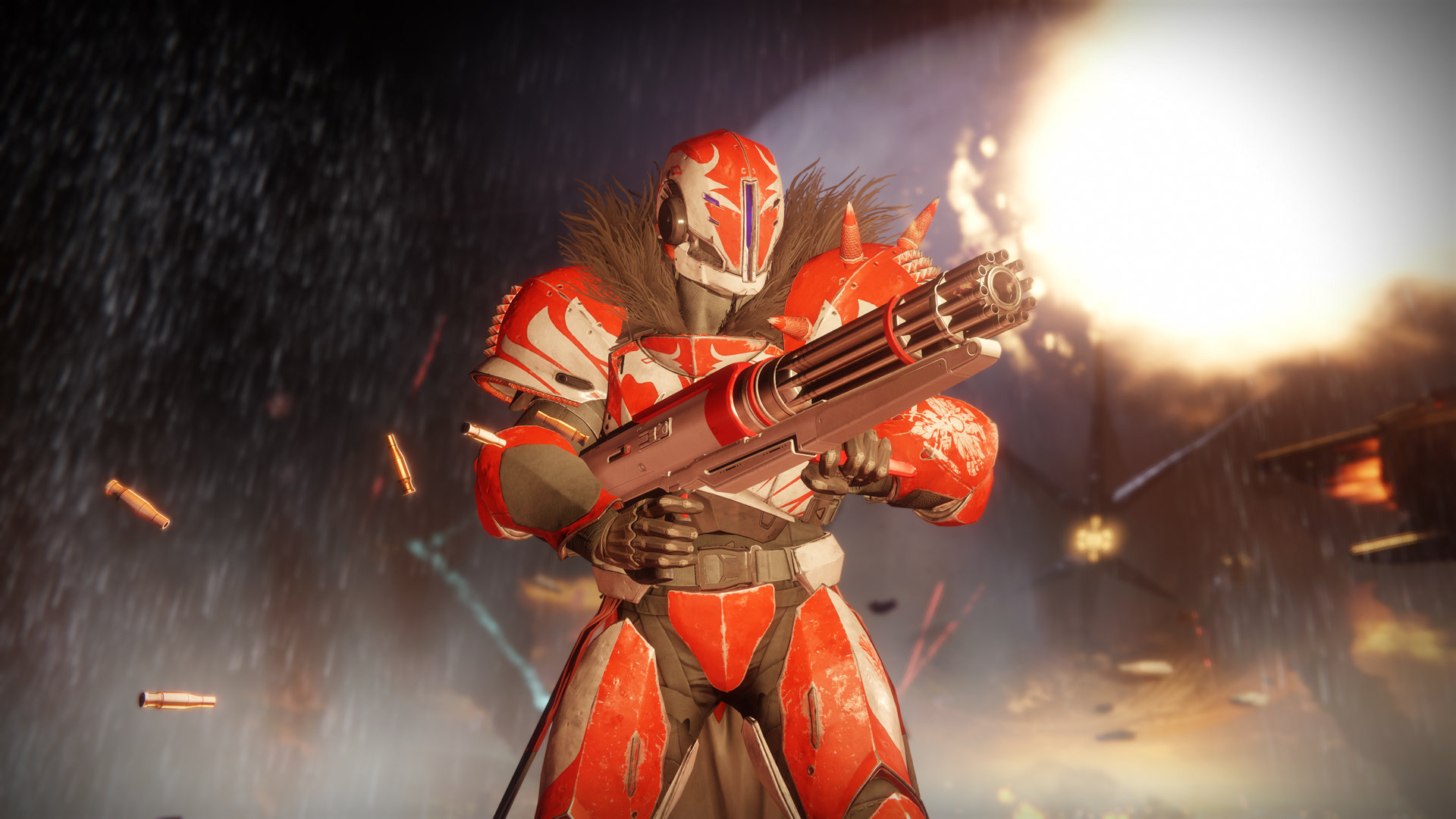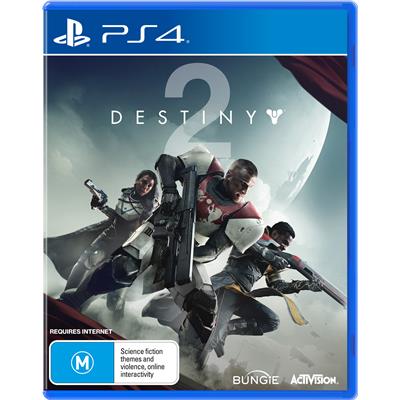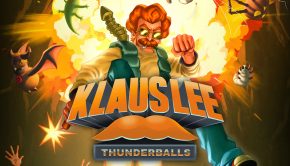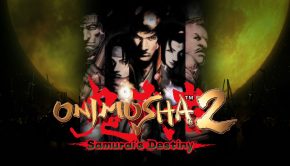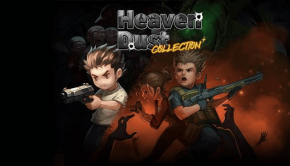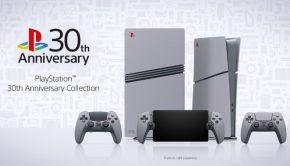Destiny 2 PS4 Review
Summary: A much more cohesive experience overall this time around, Destiny 2 may not be all that big of an evolution over the core elements of the first game but Bungie have trimmed the fat and refined the foundation in order to give its target demographic exactly what they want.
4.3
Destiny Fulfilled?
As I mentioned in my impressions of the Destiny 2 Beta, I wasn’t anywhere near as enamoured with Bungie’s successor to the Halo series as the general public seemed to be; abstruse matchmaking mechanics, lacklustre mission structure and a practically non-existent storyline turned me off the game to the extent that, despite owning both expansions and hearing the positive reception they received, I elected to return the game to the shelf to collect dust while I spent my time with more rewarding fare.
This apathy towards the series is partially due to coming in to the first game at such a late stage (I only got around to playing through it last January) and also compounded by the reveal that, up until the very late stages of development, the narrative of the game was entirely different and was hastily reworked before launch to fit the levels already in place, explaining why the story felt like such a non-entity.
However, I had a much more positive experience with the Destiny 2 Beta, welcoming the increased focus on plot and hopeful that the improved mission structure and level design present in the campaign level that was included was indicative of the quality of the final product.
So, did the full release live up to expectations?
Well, yes and no.
While it’s true that the storyline is much more prominent this time around, after a truly epic opening sequence in which The Last City falls to the invading forces of Dominus Ghaul and his Red Army, the game kind of fails to give the players any setpieces as grand in scale for the remainder of the game.
Another major issue is that the game removes the safety net of being a Guardian by having the Red Army extinguish the Traveller’s light, which opens up a ton of potentially interesting directions the plot can go in. With the Guardians slaughtered and the last survivors of The Last City reduced to a rag-tag bunch of planet hopping freedom fighters, the stakes truly feel higher than they ever were in the first game.
Then, a few missions in, the status quo is essentially reset and the tentative new steps into unfamiliar territory are soon forgotten as you become the same all-powerful, all-conquering saviour of the galaxy you’ve played a thousand times before.
This wouldn’t be such an issue if the plot didn’t essentially boil down to the generic tropes that characterise games like this. A scowling nemesis eventually undone by his own hubris? Check. A not entirely unexpected third act betrayal that also serves to illustrate how consumed by the idea of obtaining power for oneself the main antagonist has become? Check.
In fact, it often feels like the main storyline is only tangentially related to the campaign missions you’re undertaking, which basically boil down to getting the gang back together, with a few new additions, before embarking upon a final assault that you’re repeatedly reminded is more than likely a suicide mission. Thankfully the mythology of the series is more fully fleshed out in this instalment, with no unnecessary diversions to websites to read Grimoire card descriptions in order to piece together the universe.
Besides the cutscenes and exposition dumps provided by characters, there’s also an array of objects lying around each planet which you can scan in order to glean a little more understanding of the history of different factions and conflicts that shaped the planets you’re exploring.
Destiny 2 immediately feels more immersive in this respect and the wide variety of adventures, sub-missions and assorted deviations only serve to add more depth to Bungie’s creation. In fact, some of the optional questlines were more engaging and creatively designed than many of the campaign missions, which goes some way towards alleviating what is probably my biggest gripe with the game.
Story and design refinements aside, it’s the combat that keeps people coming back to the Destiny series and Destiny 2 boasts even more polished and balanced gunplay than its predecessor. If one thing is to be said about Bungie it’s that they really, really understand how to make combat responsive, exhilarating and, above all else, fun; I’d honestly be hard pressed to name a game that feels more satisfying to control than Destiny 2.
As revealed in the Beta, one of the biggest additions to the game was subclasses for the Titan, Hunter and Warlock classes. Giving players enhanced special abilities they can unleash upon unsuspecting foes, utilising these devastating attacks in the heat of battle can quickly turn the tide in your favour. The Hunter uses the Bladedancer ability, which lets you cleave through enemies with an electrified staff, whilst the Warlock class can use Dawnblade, wielding a flaming sword and raining down destruction on all and sundry.
Finally, and probably the most satisfying to use, there’s the Sentinel attack for the Titan; summoning a shield that can block projectiles and be used to rush enemies, the potential to chain together multiple attacks makes using Sentinel one of the most gleefully enjoyable experiences of the entire game.
Unleashing a barrage of flaming hammers at your foes right as things look their grimmest never gets old and with liberal flags dotted around planets that instantly recharge your meter outside of battle, maintaining your Ace in the Hole is never a concern.
After you’ve torn your way through the campaign, which should last around six to seven hours, there’s a stack of endgame content to keep players invested. Despite the extra level of attention and polish that Bungie afforded the campaign this time around, it’s clear that they understand that it’s the quality of the Strikes, Raids and The Crucible that ensures player retention.
With six strikes to work through with up to two other players and environmental challenges and boss encounters unique to each strike, there’s a lot of content to digest here. Perhaps the best aspect is the aforementioned boss fights; rather than rehash the “bullet-sponge flanked by lesser foes” design of the main game the final fight in each strike requires a certain degree of lateral thinking and dexterity; for example, one battle requires contending with the floor dropping from beneath you before the ground is elementally charged, while another sees your platforming skills put to the test as you bound up platforms and dodge lasers in order to place the killing blow.
Overall, I’d have to say that the most creative examples of level design are to be found here rather than in the main campaign.
The Crucible is, well, it’s PvP multiplayer, for better or worse. With the expected modes all present and accounted for, the only big surprise here is how much tighter matches feel due to the new limit of 4v4.
During the Beta I had concerns whether or not reducing the size of teams was going to be e beneficial change to The Crucible but I have to admit here than my fears were unfounded. Rather than running around a barren map searching for enemies, the levels have been designed around smaller teams and mange to find that elusive balance of forcing close quarters combat but allowing players enough room to manoeuvre around the map freely.
Finally, we have the Raids, which provide the greatest challenge for fireteams to tackle. Seriously, I’m not the greatest FPS player but I carried myself fairly well through the campaign and the Strikes yet hit a literal brick wall my first few attempts with a raid.
Destiny 2’s first major raid, titled Leviathan, will put hair on your chest, regardless of your gender – It’s that brutal. Filled with puzzle sections that can drive even a registered member of Mensa around the bend and the constant threat of almost immediate death hanging above you like the Sword of Damocles, team communication and implementing effective strategy is absolutely essential if you have an hope of making it to the end.
Graphics and Audio
As you’d expect, Destiny 2 is a rather pretty game at times but I don’t think anybody was expecting quite how bad it can look at others. This is definitely most notable on the ocean planet of Titan, where the rolling waves honestly take the prize for the worst representation of water I’ve seen since the PS2 days. Seriously, it’s that bad.
I was playing on an OG PS4 and maybe certain graphical blemishes may be due to this but, for a game that usually looks as stunning as Destiny 2 does, these drastic drops in graphic and textural quality can really pull you out of the game.
Performance wise I didn’t suffer any major issues and overall Destiny 2 stands out as one of the more visually appealing entries in the shooter genre, with bright and colourful environments and foes in lieu of your archetypical drab grey aesthetic.
The audio department is top notch, with a suitably rousing score that isn’t afraid to turn on the bombast when necessary and terrific voice cast performances, with Nathan Fillion’s Cayde-6 in particular clearly taking great delight in chewing the scenery, making Destiny 2 a relatively solid package in both the audio and visual departments, albeit not quite hitting expected heights with the latter.
Final Thought
I didn’t delve into the level of customisation available or the immense amount of loot you’ll encounter as you grind your way through the levels, although I think that most familiar with this type of game will already have a rough idea of what elements such as these have to offer and nobody wants to read a two thousand page revew.
Suffice to say, if you enjoyed the first game then Destiny 2 is bigger and better in all the ways that matter, with the undesirable elements present in the first considerably pared down, although not entirely removed.
The matchmaking system still could use some work, with a majority of the heavy lifting being done by online groups and apps in order for strangers to form fireteams together, but I seem to be in the minority when it comes to my complaints about the Destiny series and, as such, your mileage may vary in regards to the issues I personally had with the game.
A much more cohesive experience overall this time around, Destiny 2 may not be all that big of an evolution over the core elements of the first game but Bungie have trimmed the fat and refined the foundation in order to give its target demographic exactly what they want.
Do I count myself among that demographic? Well, no. As much as I’ve enjoyed my time with the game, I just don’t have the time or the patience to constantly grind out my gear and levels in order to keep up with my buddies and access arguably the best content of the game.
This comes down to personal preference though, and I know many people who basically buy a single game and dedicate all of their energy to that title, in which case you could do far, far worse than Destiny 2.
You’ll tear through the main campaign relatively quickly but if you’re a fan of the grind then there’s hours upon hours worth of endgame content to explore and undoubtedly even more coming just over the horizon.
An improvement over the first in almost every way, Destiny 2 may not be as large a leap forward as I was hoping but you’d be hard pressed to find a more solid and competently built FPS experience released this year.
Game Details
Primary Format – Games – Playstation 4
Game Genre – Shooter
Rating – M
Consumer Advice – Science fiction themes and violence, online interactivity
Game Developer – Bungie
Game Publisher – Activision
Reviewer – Sean Warhurst


